Home>Ideas and Tips>Preserving Homemade Snacks: Long-Term Storage Tips


Ideas and Tips
Preserving Homemade Snacks: Long-Term Storage Tips
Published: October 26, 2024
Learn essential tips for preserving homemade snacks long-term. Keep your treats fresh and delicious for months with these expert storage methods.
(Many of the links in this article redirect to a specific reviewed product. Your purchase of these products through affiliate links helps to generate commission for Storables.com, at no extra cost. Learn more)
Preserving homemade snacks for long-term storage is a thoughtful and practical approach to ensuring you have access to nutritious meals whenever needed. By focusing on what your family eats, using the right preservation methods, and following practical tips for effective food storage, you can build a well-stocked pantry that will serve you well in times of emergency or simply for reducing food waste.
Understanding the Importance of Long-Term Food Storage
Before diving into the nitty-gritty of preserving homemade snacks, it's crucial to understand why long-term food storage matters. In emergencies or when planning for the future, having a well-stocked pantry with preserved foods can be a lifesaver. It ensures access to nutritious meals, reduces food waste, and saves money by buying in bulk.
Focus on What Your Family Eats
One major mistake people make when storing food long-term is stocking up on non-perishable items without considering what will get eaten. It's extremely important to focus on storing things your family will actually eat, preventing future food waste. Break down your favorite recipes into basic ingredient lists. This way, you'll know exactly what to include when buying or preserving food.
Read more: How To Preserve Seeds Long Term
Essential Long-Term Food Storage Items
When planning your long-term food storage, focus on items with a long shelf-life. These include:
- Grains: Wheat berries have a longer shelf-life than ground flour, but a grain mill will be needed. Oats, rice, and pasta are also excellent choices.
- Dry Beans: Nutritious and can be stored for years.
- Canned or Frozen Vegetables: Great for soups and stews.
- Canned Sauces: Add flavor to your meals without spoiling easily.
- Dehydrated Fruits: Perfect for snacking and can be rehydrated when needed.
- Dried Herbs: Add flavor to your dishes without spoiling.
- Nuts: High in protein and can be stored for long periods.
- Peanut Butter: A classic snack that can be stored for months.
- Honey: A natural sweetener with a long shelf-life.
- Salt: Essential for preserving and adding flavor to your meals.
- Fats and Oils: Crucial for cooking and can be stored in airtight containers.
- Canned or Frozen Meats: Provide protein and can be used in various recipes.
Preservation Methods
Preserving your own food doesn't necessarily mean growing your own food, although they do go hand-in-hand. There are several methods to choose from, each with its own advantages and requirements:
Canning
Canning is one of the most used preservation methods for long-term storage. Depending on what you plan to store, you can use either hot water bath canning or pressure canning. There are specific rules that should be followed, and canning safety should never be taken lightly. Here are a few favorite canning recipes:
- Canning Chicken: Learn how to do it safely.
- How to Can Tomatoes Safely at Home: A classic recipe.
- Canning Peaches with Honey and Cinnamon: A delicious dessert.
Freezing
Freezing works well for certain types of vegetables and most meats. However, it has a downfall in that in an emergency where power is lost, your freezer won't be working. This method also requires some blanching before moving items to the freezer. Here are a few favorite freezer recipes:
- Freezer Vegetable Soup: Make extra soup and freeze it for later use.
- Freezer Meatballs: Perfect for quick meals.
Root Cellaring/Cold Storage
This type of storage isn't for all kinds of produce, but it's ideal for winter squash, carrots, potatoes, beets, and other vegetables that like to be kept cool and in the dark. You don't have to have an actual root cellar to store things this way, but it helps. Here are some helpful root vegetable tips:
- 13 Root Cellar Alternatives: Find creative ways to store your root vegetables.
- Digging Up and Storing Potatoes for Winter: A step-by-step guide.
- How to Grow Your Best Onion Crop Ever: Tips for growing onions.
Practical Tips for Long-Term Food Storage
Tip 1: Buy More at a Time
In the beginning of your food storage quest, it's beneficial to buy more items at once. This helps in reducing the frequency of shopping trips and ensures a steady supply of food.
Tip 2: Rotate Your Stock
To ensure the oldest items are consumed first, implement a first-in, first-out (FIFO) system. This means the oldest items should be used before newer ones.
Tip 3: Use Airtight Containers
Airtight containers are essential for long-term food storage. Plastic bags and cardboard boxes won't suffice; instead, use glass, Tupperware, or tins. These containers help keep moisture out and prevent spoilage.
Tip 4: Preserve Your Own Storage Items
Preserving your own food items can be done by buying them from farmer’s markets, roadside stands, or from a local producer directly. If you decide to take the leap into home preserving, there are different methods to choose from. Here are some preservation methods:
- Dehydrating: This method removes moisture from the food, making it easier to store. Freeze-dried foods can last up to 30 years if stored properly.
- Oxygen Absorbers: These inhibit the growth of aerobic pathogens and molds, greatly prolonging the shelf life of stored food. Use them in conjunction with polyester food liners for maximum protection.
- Multi-Barrier Process: Seal your food using a multi-barrier process. This involves placing a properly sized polyester food liner in a clean, dry plastic container. Add an oxygen absorber at the bottom and another on top of the contents before sealing the bag.
Additional Tips for Effective Food Storage
Keep It Dark
Light can degrade food over time, especially in canned items. Store your food storage in a place away from light to prevent spoilage.
Maintain Cool Temperatures
The ideal temperature range for storing food is between 50-70 degrees Fahrenheit. This helps keep food fresher for longer. If you don't have a basement, a cool closet will suffice.
Control Moisture Levels
Moisture can ruin your food storage. Ensure your storage area is dry and free from humidity. Use desiccant packets if necessary to maintain dry conditions.
Use Proper Tools
Having the necessary preservation tools is crucial. These include jars, lids, rings, Mylar bags, canners, manual grain mills, and water purification systems.
Preserving homemade snacks for long-term storage is a thoughtful and practical approach to ensuring you have access to nutritious meals whenever needed. By focusing on what your family eats, using the right preservation methods, and following practical tips for effective food storage, you can build a well-stocked pantry that will serve you well in times of emergency or simply for reducing food waste.
Remember to always follow safety guidelines when canning or freezing food, and consider repackaging dry goods in airtight containers with oxygen absorbers and desiccant packets for maximum protection. With these tips, you'll be well on your way to creating a sustainable food storage system that keeps your homemade snacks fresh and delicious for years to come.
Additional Resources
For more detailed guides on specific preservation methods and tips, consider the following resources:
- The Prairie Homestead: Offers comprehensive guides on how to store a year's worth of food without waste and overwhelm.
- YouTube Ultimate Guide to Food Storage: Provides essential tips and tricks for long-term preservation, covering various methods like vacuum sealing, freezing, and canning.
- Self-Reliance: Shares basic long-term food storage tips, emphasizing the importance of keeping moisture away and using proper storage containers.
- Reddit Self-Reliance Community: Offers a guide on how to store and protect food long-term using a multi-barrier process with polyester food liners and oxygen absorbers.
- Azure Farm Life: Provides practical tips on safely storing food long-term, including the use of airtight containers and maintaining cool temperatures.
By incorporating these tips and resources into your food storage routine, you'll be able to enjoy your homemade snacks for months to come while ensuring they remain fresh and nutritious. Happy preserving!
Was this page helpful?
At Storables.com, we guarantee accurate and reliable information. Our content, validated by Expert Board Contributors, is crafted following stringent Editorial Policies. We're committed to providing you with well-researched, expert-backed insights for all your informational needs.

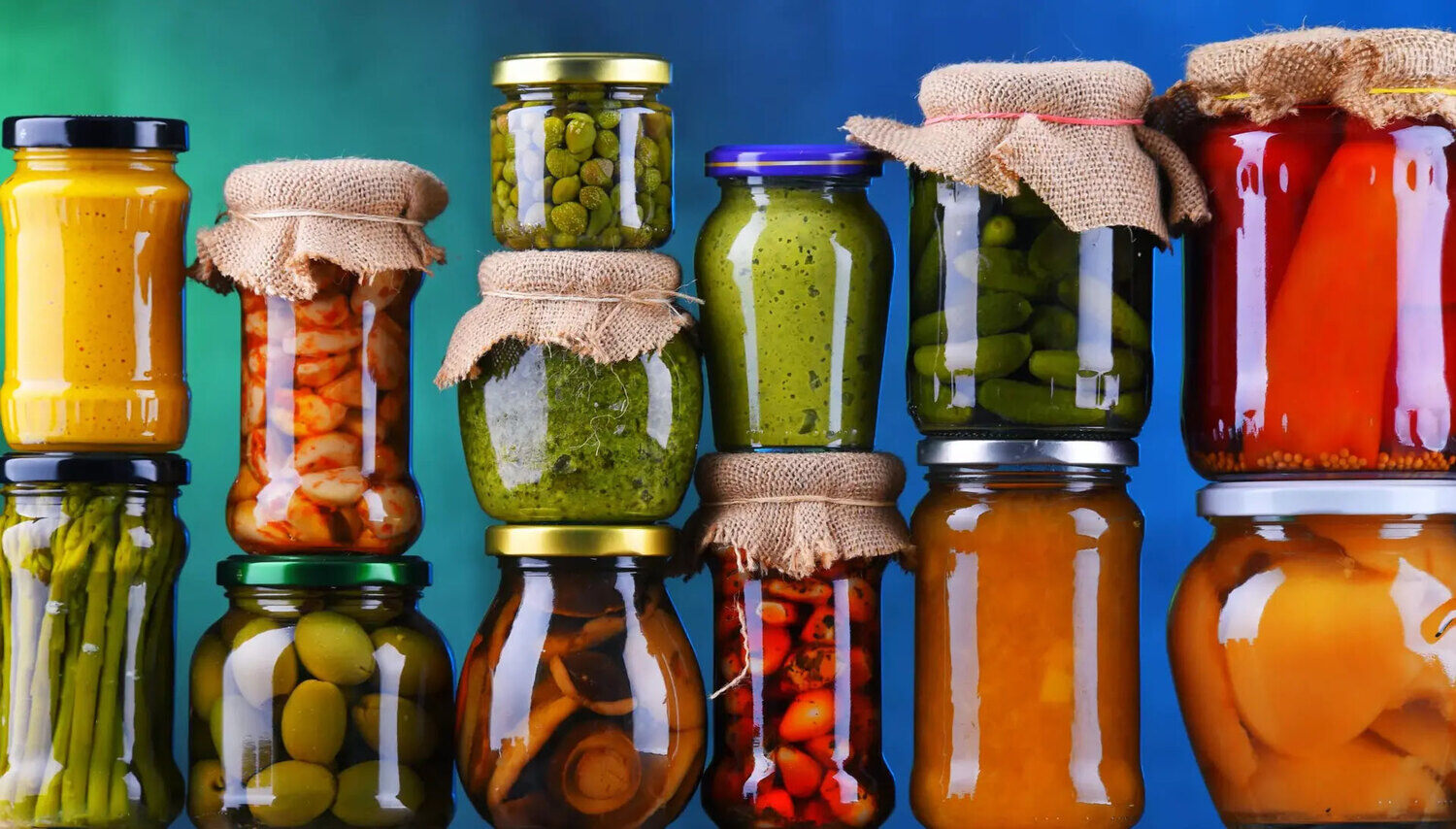


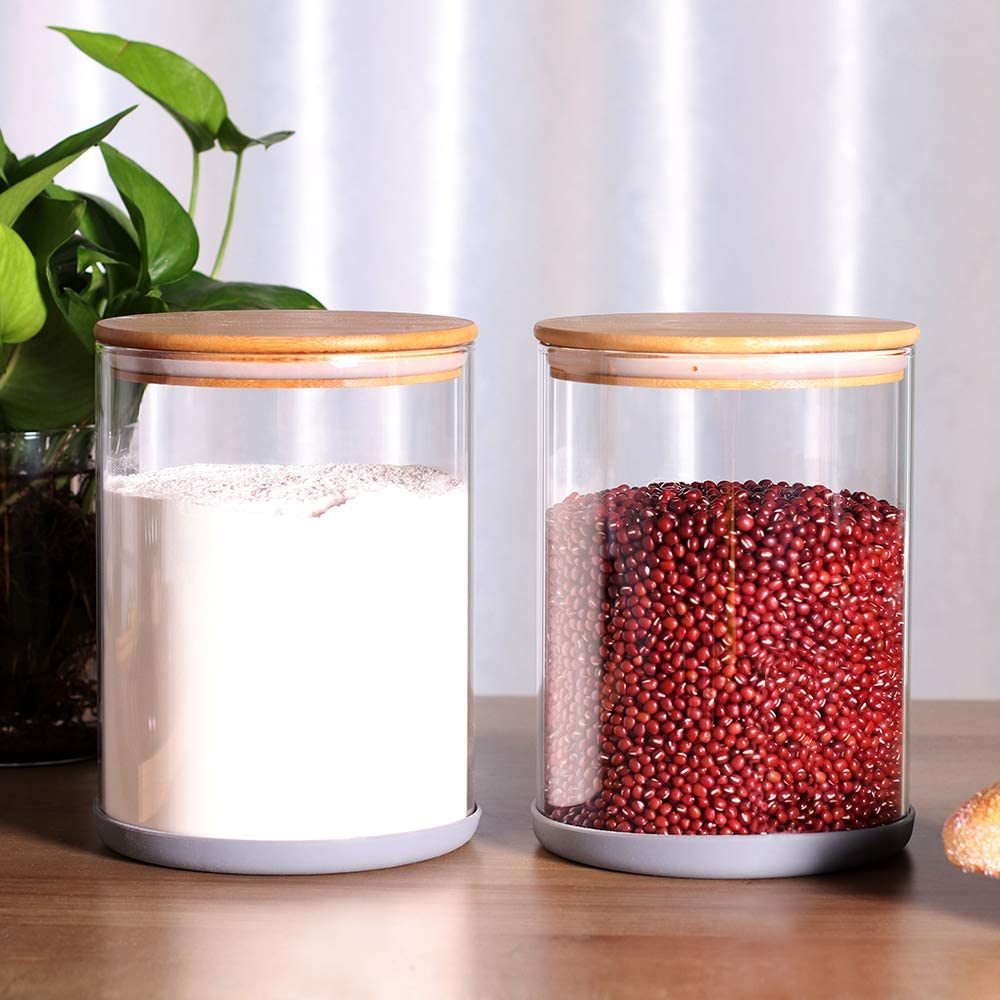

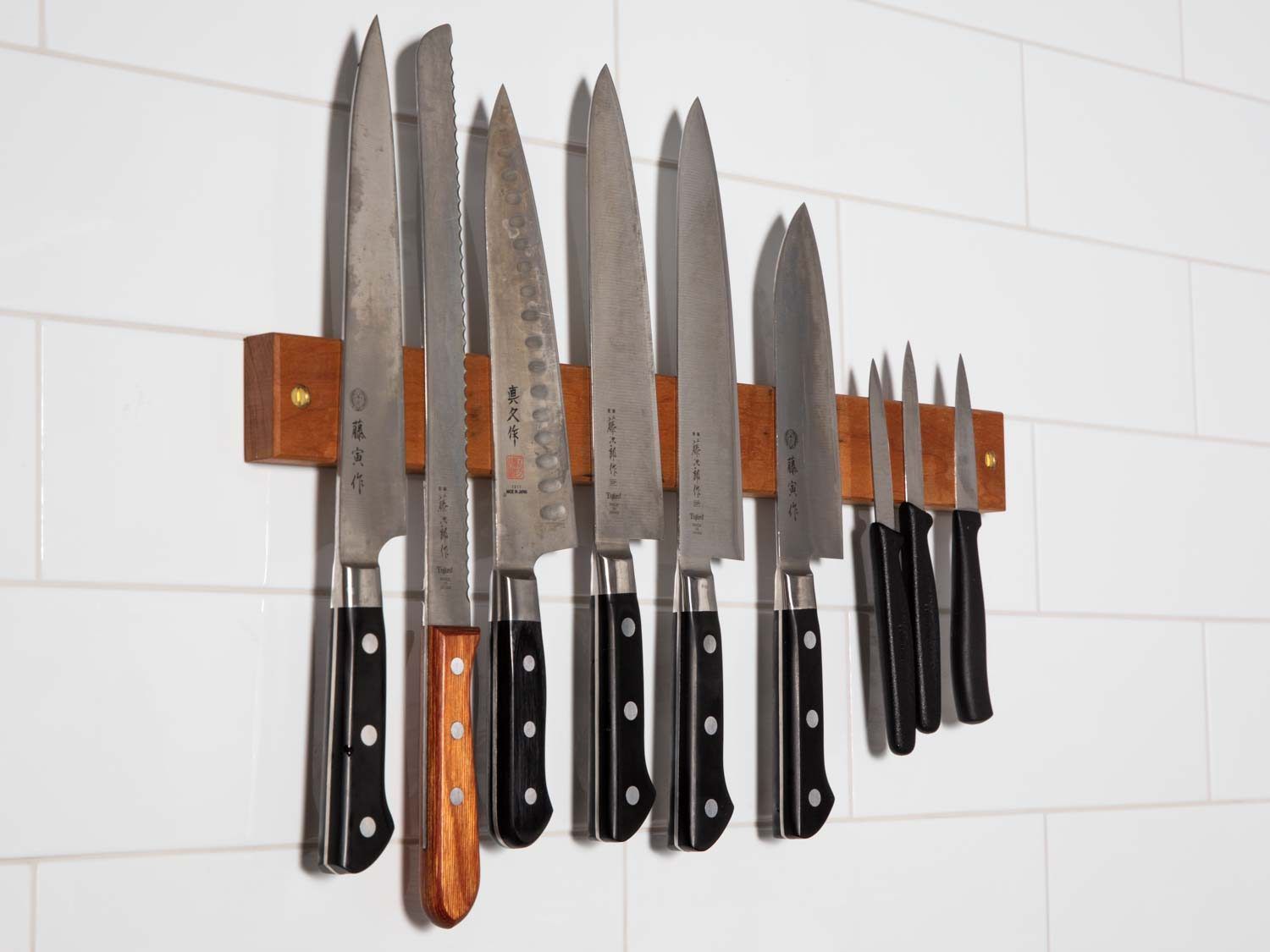
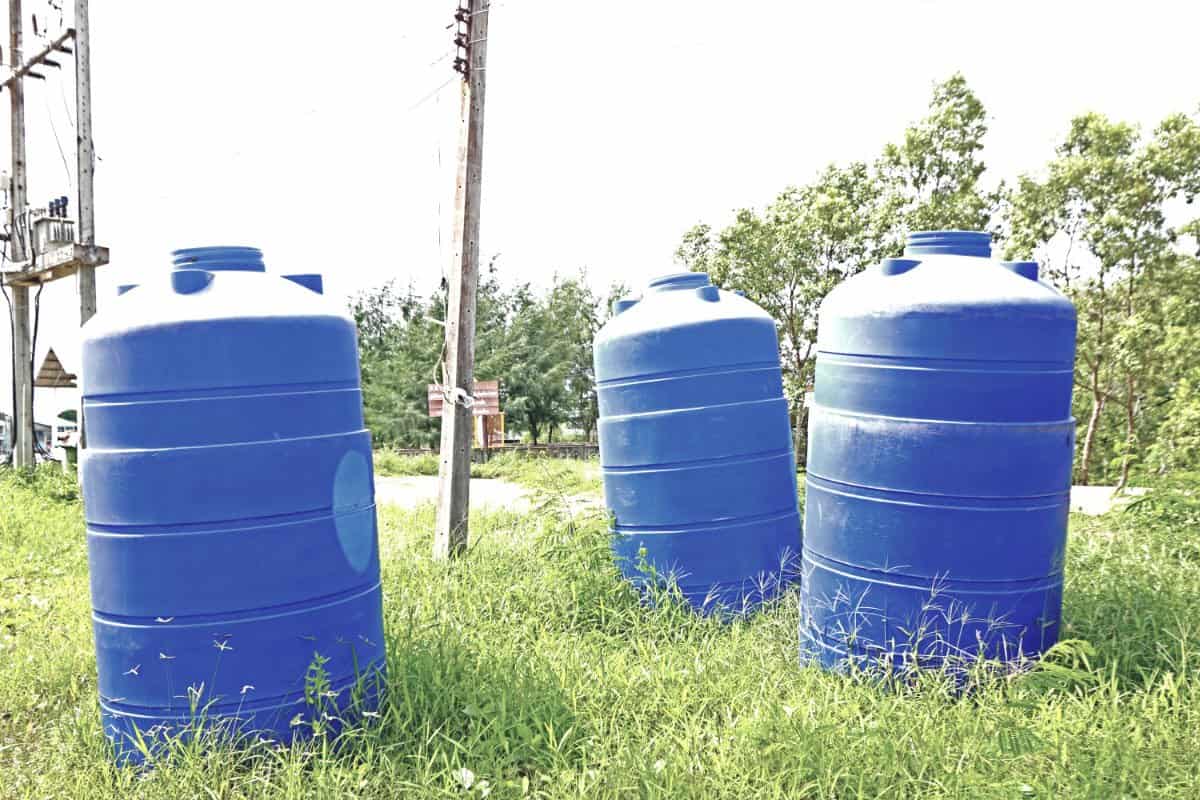


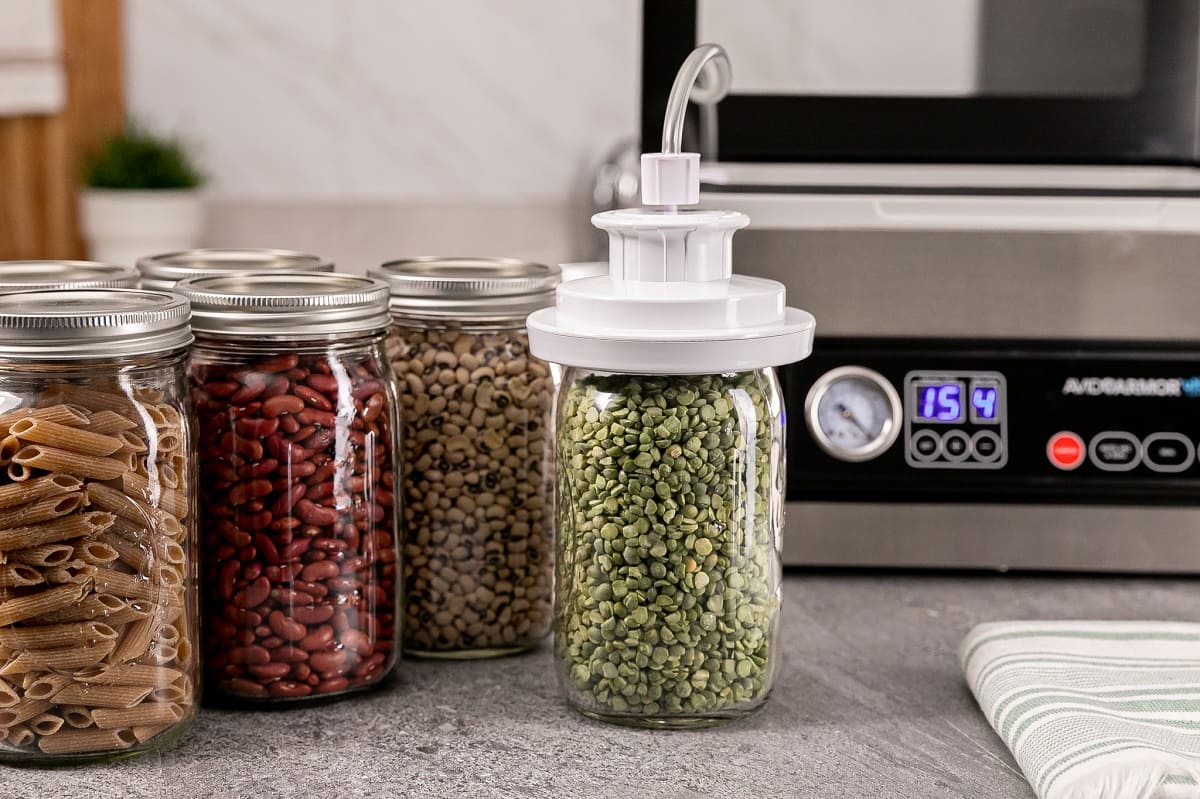
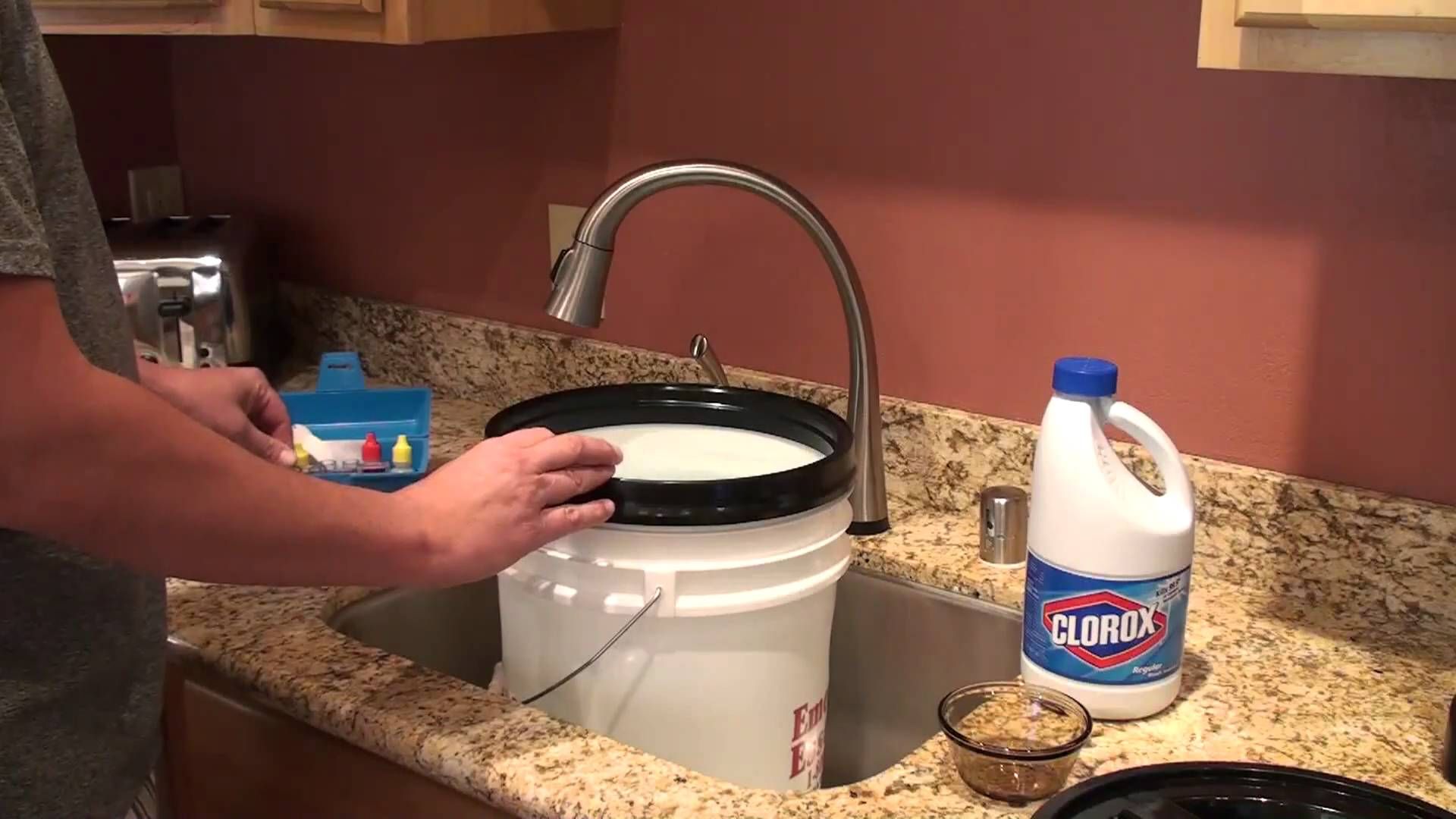
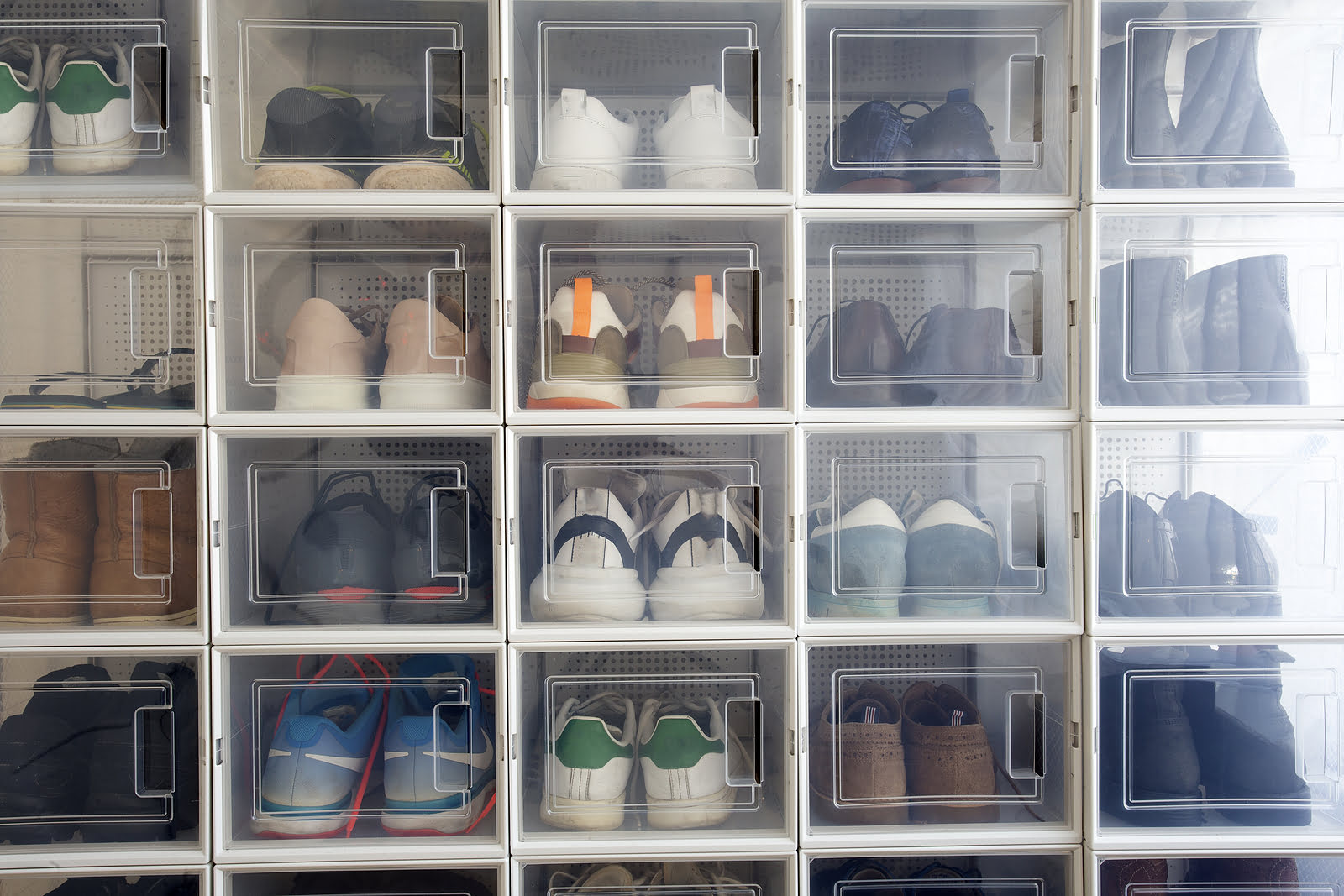
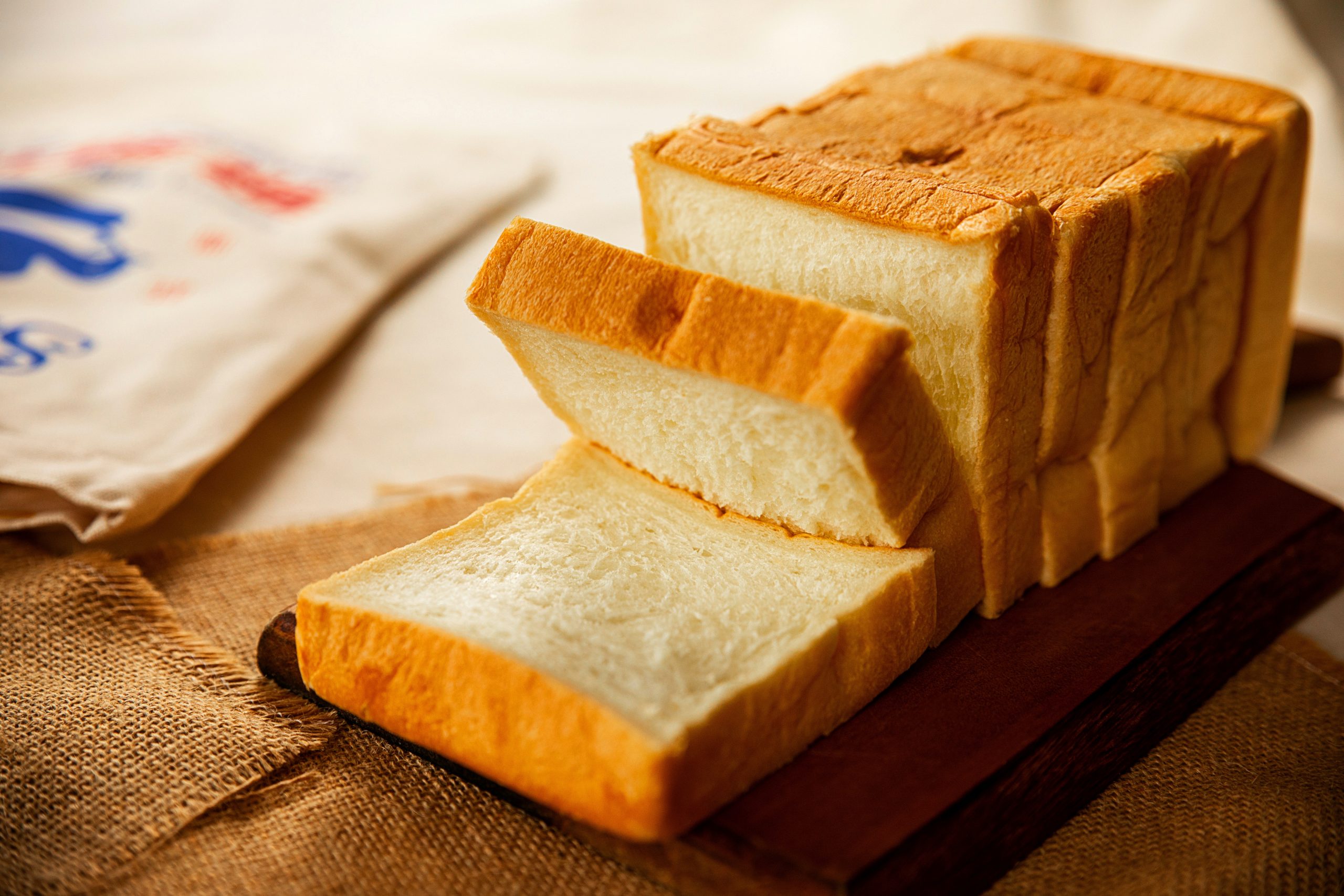

0 thoughts on “Preserving Homemade Snacks: Long-Term Storage Tips”